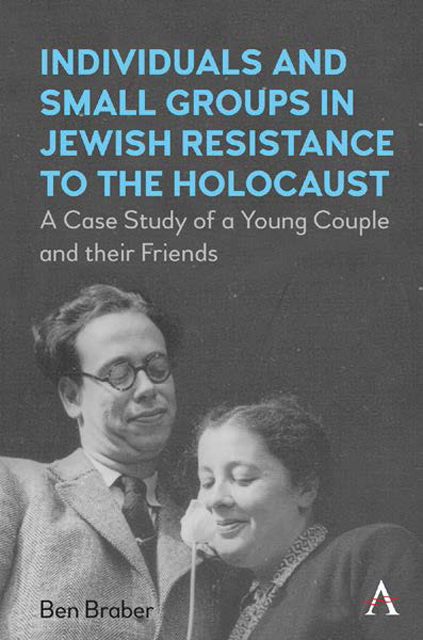 Individuals and Small Groups in Jewish Resistance to the Holocaust
Individuals and Small Groups in Jewish Resistance to the Holocaust Summary
This book aims to increase our knowledge and deepen the understanding of Jewish resistance to the Holocaust by examining personal circumstances and characteristics of Jewish resistance members and the formation of small Jewish resistance groups. It treats the term ‘Jewish resistance’ the same as ‘resistance by Jews’ and ‘participation of Jews in resistance’. To determine who can be regarded as a Jew, this book uses a description formulated by Alderman, who has defined as Jewish any person who considered or considers themselves to be Jewish, or who was or is regarded as such by their contemporaries. What consists of resistance is discussed below.
A long historiography of Jewish resistance precedes this book, stretching back to the first years after the Second World War. The scope of this book doesn't allow a review of that vast and evolving body of work or to mention all pioneering authors. Instead, a selection is made of writers who have provided broad and inclusive definitions of Jewish resistance, which are applied in this book, or who have offered new outlooks on Jewish resistance in Western Europe, such as attention for integration and gender issues, which also figure here, or who have dealt with Jewish resistance in the Netherlands, where the couple in the subtitle of this book lived.
Dinur and Friedman have been early proponents of a broad definition of Jewish resistance. Robinson, Suhl and Steinberg have also formulated such descriptions, which were further discussed after the 1968 Yad Vashem conference on Jewish resistance. One of the historians who have more recently coined definitions of Jewish resistance is Bauer, who has described Jewish resistance as group or individual actions consciously taken by Jews in opposition to known or surmised laws, actions or intentions directed against the Jews by the National Socialists and their supporters.
Michman and Marrus have shown how this resistance incorporated various forms and was conducted on different levels. Michman has argued that Jewish resistance encompassed three broad categories: armed, conscious and committed resistance, such as ghetto uprisings; non-violent resistance that was active, organised, committed and conscious, such as rescue efforts; and nonviolent resistance that was unorganised and intuitive, such as self-preservation and the sanctification of life.
- Type
- Chapter
- Information
- Individuals and Small Groups in Jewish Resistance to the HolocaustA Case Study of a Young Couple and their Friends, pp. 1 - 10Publisher: Anthem PressPrint publication year: 2022
